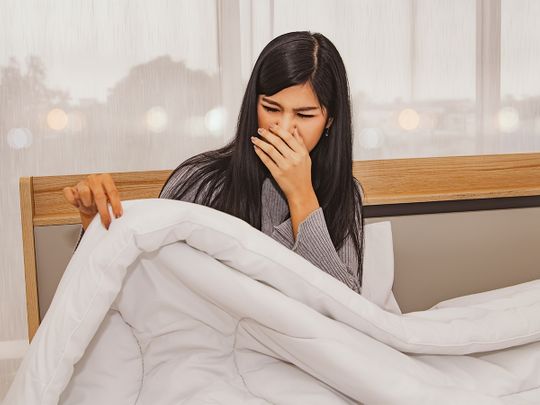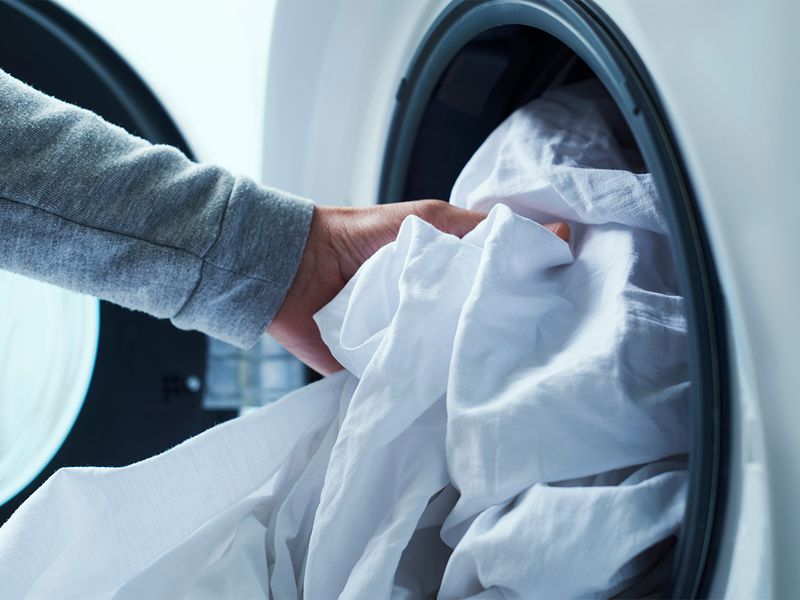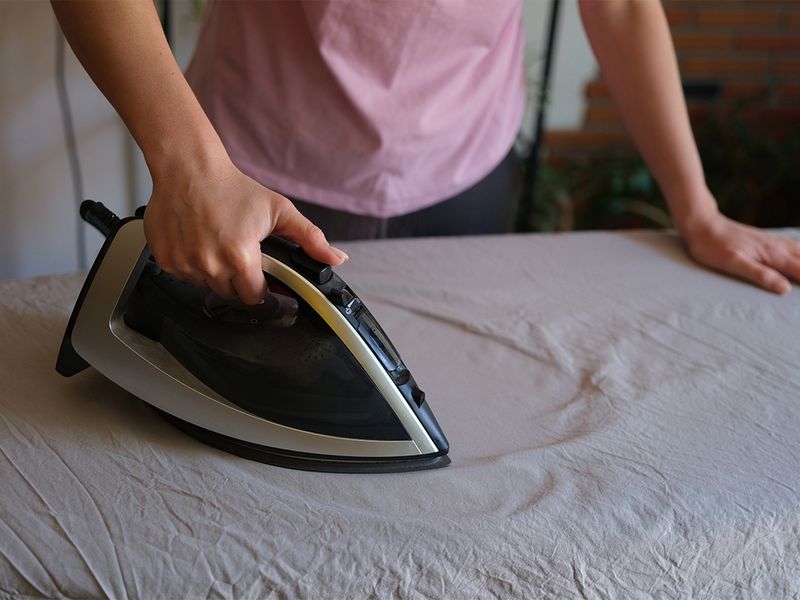
No one is particularly charmed by the idea of taking off bedsheets, washing them and replacing them with new ones. The thought itself is exhausting, and you would rather sleep in the old sheets. Well, it’s highly advisable not to do so. Apart from tiny bedfellows like bacteria that might be invisible to the naked eye, there’s a strong chance of viruses and quite possibly, illness. Health considerations aside, it is just not hygienic.
According to a 2012 poll by the National Sleep Foundation, an American organisation, 91 per cent of people change their sheets every other week. Although this is a common rule of thumb, many experts recommend weekly washings. “By consistently replacing bedsheets, you ensure a hygienic, pleasant, and comfortable sleep for yourself,” explains Renu Rajan, executive housekeeper, Grand Plaza Movenpick hotel in Media City Dubai. “Freshly laundered linens contribute to a sense of cleanliness,” she adds. Moreover, clean bedsheets promote better sleep quality as well.

So here’s why you should change your bedsheets
You shed a lot of dead skin cells
We shed about 500 million skin cells every day. “Any kind of friction will chafe off the outer layer of your skin cells,” says Alok Vij, a dermatologist from Cleveland Clinic, Abu Dhabi, as per their website Cleveland Clinic.org. “So, a lot of it is shed when you’re making contact with your sheets in your bed at night.” At this point, dust mites, which are microscopic creatures, can lead to rashes, allergies in many people. They’re too microscopic to be seen. Around 1 million dust mites can feed on your skin in a day, says Vij. This can also probably lead to eczema, which is one of the most common types of skin rashes. “By allowing bacteria to live in harmony on your sheets and get on your skin when you hop in bed, you could be making your eczema worse — or allowing it to start in the first place,” he says. Worse, dust mites can trigger asthma attacks as well.
Alex Young, a dermatologist at the Columbia medical center in Columbia, told Mydomaine.com, “Dust mites love to feed off our dead skin. Share a bed with someone, and you’re doubling those numbers. And for those who toss and turn in their sleep, as well as those who sleep with little … clothing on, expect additional skin shedding due to all that rubbing against your linens.”
While dust mites are one problem, bacteria is another. Worse, the skin is one of the most commonly inhabited areas for bacteria. This leads to more health infections. One precaution is, to shower properly every night and ensure that you wear clean clothes before getting into bed.
Sweat
We sweat a lot during the day, and most of it gets transferred to the bed, where we spend at least eight to nine hours. Sweat is full of bacteria and yeast, which can result in bacterial folliculitis and fungal infections, says Rabia Salahuddin, a dermatologist based in Canada. If you sweat a lot, you should wash your sheets twice a week.
Pets, food crumbs and makeup

Does your pet sleep your bed? If they do, then you should probably know that they shed dead skin cells too. The dirt from their fur can cause illnesses, including dermatitis, which can result in itchy skin. Moreover, pets can possibly have fleas, mites and ticks. Maria Joseph, an American expat and PR consultant based in Abu Dhabi recalls how she had to stop letting her dog sleep on her bed. “It caused too many breathing problems for me. There was just so much hair she would shed on the bed. I remember having itchy eyes and sneezing for days,” she says.
Another factor is makeup. Your makeup bits like eyeliner and accumulate on your bedclothes. This allows bacteria to thrive too, and can lead to irritation and acne. Clean your face of makeup before you sleep, and if you’re too tired to do so, put your bedclothes in for washing the next day itself.
Make sure to remember never snack in bed, as pests tend to swarm as well. Salahuddin says that these food bits can attract all kinds of insects, including ants, flies and even cockroaches.
What’s the best way to wash sheets?
The experts recommend washing your sheets once a week. If you sweat more, wash more frequently.

Don’t overload the washing machine
Don’t cram all the bedclothes into the washing machine, says Katherine Springer, the author of housekeeping book, The Clean Home. “It’s best to give your linens plenty of room so they can get washed properly,” she writes.
Check the temperature
According to American author Cheryl Mendelson in her book Laundry: The Home Comforts Book of caring for Linens and Clothes, it’s best to toss your sheets in the washing machine and leave them on a warm to hot cycle, especially if you have just recovered from an illness. The hot water kills the dust mites. According to Mendelson, water temperatures of 131 F can kill dust mites after ten minutes. Weekly laundering of around 140 F for all bedding, including sheets and pillowcases keeps the dust mites and dust mite allergens at low levels. If your bedclothes have coffee stains, you can rinse with warm water as well. The heat helps loosen and lift the stains, says Mendelson.
She suggests avoiding sheets that have complicated instructions because of this: “Your everyday sheets, especially those on infants’ and children’s beds, should be easy to launder vigorously and should never require gentle or complicated treatment.”

Bleaches
Mendelson suggests the use of oxygen bleach for the removal of stains. It is often confused with chlorine bleach, as they both remove stains. However, oxygen bleach is less corrosive and damaging to fibers. In order to remove stains, mix the powder or liquid with water and then submerge the linens in water for several hours, possibly allowing it soak overnight. Avoid chlorine bleach on non-white sheets as there is a tendency of discoloration and it can be permanent.
Don’t use fabric softeners
Be a little wary about how much fabric softener you use, or rather avoid using them regularly after each wash. The softeners leave residue and that decreases the fabric’s breathability and absorbency. This build-up of residue can also lead to you feeling overheated in your sheets.
Dry well
The heat of the dryer kills of more microorganisms. If you leave your clothes in the sun to dry, the ultraviolet rays kills more microrganisms, as well, says Mendelson. Hot irons are also equally helpful and can destroy many germs too. Hence, germs are killed by the procedures of ordinary laundering in hot water with detergent and bleach, sunning and ironing.
(Note: This article was first published in May 2023)








